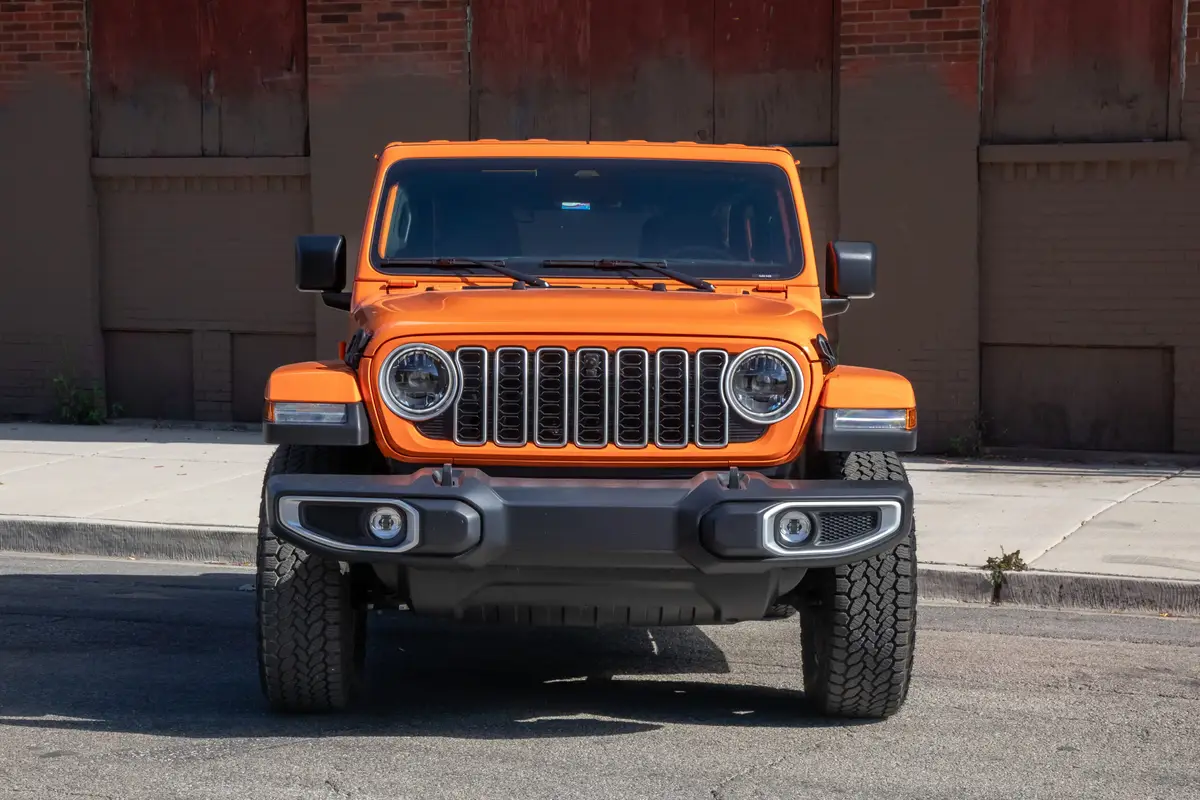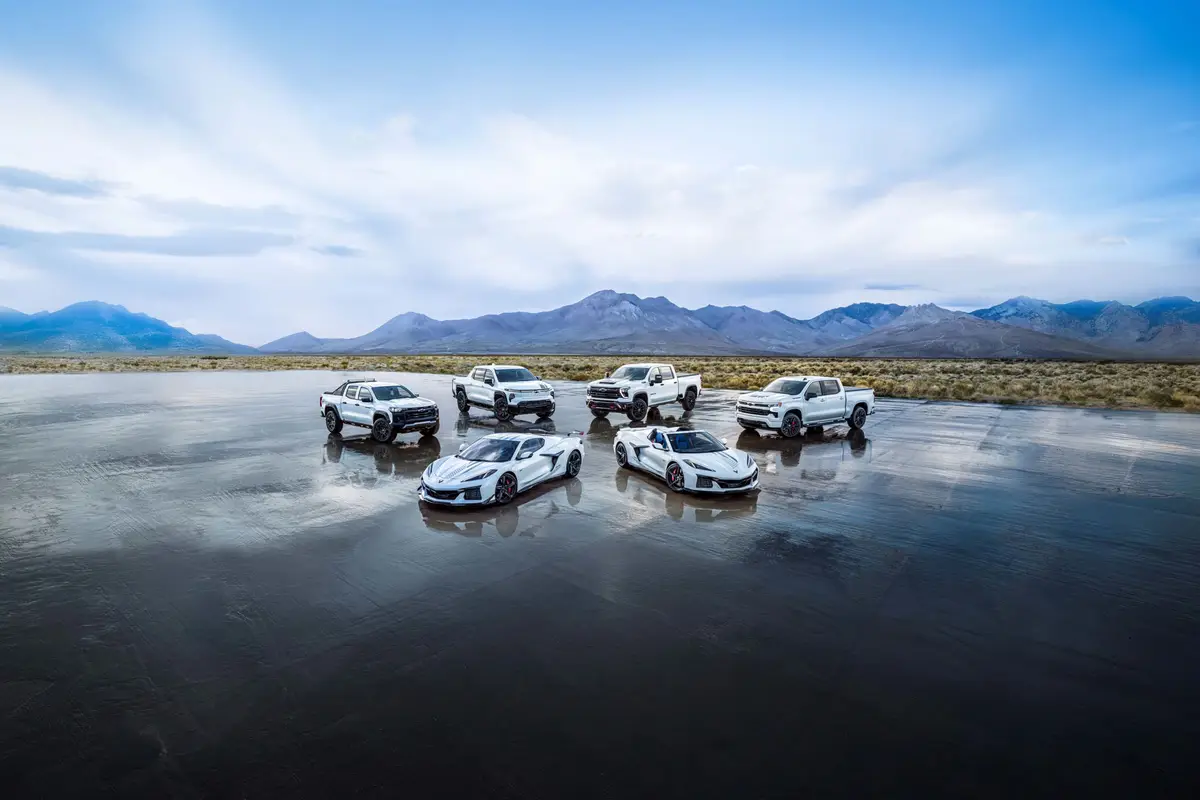The Morning Call and Mcall.com's view
Is there life after a Mustang GT? Apparently Ford Motor Co. thinks so, because it is offering a step-up version of its popular pony car – a car suitable for someone who wants the performance and sportiness of a GT but who also wants something more in luxury and prestige (or perhaps just wants to spend more money).
So Ford, through its Lincoln-Mercury Division, offers what surely qualifies as a gentleman’s performance car – the Lincoln Continental Mark VII LSC, a vehicle that can travel from 0-60 mph in less time than it takes to write out its full name.
Here is a car that will impress the driving enthusiast. It is quick, maneuverable, sporty-looking and comes with such features as four-wheel disc Anti-Lock Brake System (ABS), electronic air suspension, high-output fuel- injected V-8 engine and enough interior ambience to fill three cars. Even the non-driving enthusiast could appreciate what it offers. And it could also make him or her a better driver, because it makes driving easier and safer.
One of the distinguishing features of the Mark VII is that it really doesn’t look like any other car (with the exception, of course, of the Ford Thunderbird, the first of the company’s ”aero” designed cars). In an age of a lot of look-alike cars this could be considered some sort of accomplishment. The design has an understated look and a minimum of exterior ornamentation. Its contemporary softly rounded aerodynamic look, however, is not a styled beloved by all. I happen to like it but not everybody agrees that it is good- looking. And even though the Mark VII has been around since the 1984 model year, it perhaps is still a little ahead of its times.
One thing, though, it cannot be mistaken for anything but a Lincoln Continental. This very modern-looking car still carries a reminder of the original Continental of 1939 – an outside, rear-mounted, spare tire. Today, of course, all that remains is a bulge in the trunk to identify the ”Continental Spare” that is symbolic rather than functional.
The Mark VII by today’s standards is a fairly big car. It has a wheelbase of 108.5 inches, length of 202.8 inches, width of 70.9 inches, height of 54 inches and curb weight of 3,625 pounds. It is not, however, a very roomy car. Five adults can fit in but it is a bit of a squeeze. Front seat room for driver and passenger, though, is quite good. The trunk is rated at 15 cubic feet, which isn’t particular small but not particularly large. In fairness, though, the Mark VII was designed as a personal/luxury coupe. If you want big, check out the Lincoln Town Car.
The interior of the LSC is quite impressive. A good grade of leather upholstery is standard as well as a multitude of power items such as power windows and doorlocks, power antenna, automatic headlamp dimming, automatic headlamp switch, automatic climate control and automatic parking brake release. Unlike other M ark VII models with their electronic instrumentation, the LSC features analog instrumentation with tachometer. All very sporty looking. Another standard feature is the compass/thermometer group. This at first may sound somewhat gimmicky but both instruments proved their value during testing. The compass, of course, tell you if you are headed off in the wrong direction. Besides giving a readout for temperatures, the thermometer also had an ”ice” readout that flashed when conditions were right for ice. This is particularly handy this time of year when temperatures border on the freezing mark. For example, if the road is wet and the temperature readout is 30 degrees and/or the ”ice” reading is flashing, it will give some warning of road conditions.
Although the LSC is designed as an enthusiast’s car, anyone can drive and enjoy it. Nothing is tricky. The electronically controlled air spring suspension (the Mark VII was the first American car to offer this t pe of suspension system) incorporates automatic constant front-to-rear and side-to- side self-leveling. Combined with nitrogen-dampened shock absorbers in the rear and nitrogen-charged MacPherson struts up front, the computer-controlled air spring system offers both good handling and a decent ride. Goodyear Eagle P215/65R15 tires mounted on cast aluminum wheels also help to keep everything on the road.
What also proved to be a great driving aid this time of year was the anti- lock braking system (ABS). This type of braking system is relatively new. It first appeared in this country in the late 1970s on very expensive German luxury cars and has since been featured on more and more cars – both foreign and domestic.
In very simple terms, ABS will prevent skid-producing wheel lock-up, thus helping the driver maintain steering ability during emergency stops. During testing, I slammed on the brakes of the test car on a variety of surfaces – dry, wet, snow-covered, ice-covered, half-ice/half dry – and the LSC stopped straight and true. To be sure, on glare ice or slippery snow, it does take longer to stop than on a dry surface but not as long as a car equipped with a conventional braking system. The real beauty about ABS is that the driver still has steering control even with the brake pedal fully depressed. You really don’t have to know anything about this system to make it work; just let the computers in each wheel do the worrying.
Supplying the juice to the LSC is a performance-tuned version of Ford’s venerable 302-cubic-inch V-8 – now known as the 5.0-liter – that, in addition to sequential multi-port electronic fuel injection, features tubular headers, dual exhaust, performance camshaft, low friction roller tappets and tuned cast-aluminum intake manifold. Sort of sounds like a shopping list for a speed shop.
The bottom line is 200 horses that will take the LSC to a full gallop in very short time. (Other Mark VIIs are rated at 150 horsepower.) Put the pedal to the metal and the LSC will go from 0-60 mph in less than nine seconds. All very impressive. On the other end of the scale, the four-speed overdrive automatic transmission keeps the engine loafing at highway speeds (less than 1,500 rpm at 55 mph) and thus provides quite decent mileage for a car this size. The test car averaged 14 miles per gallon for city driving and over 20 miles per gallon for highway driving – 22 mpg on Lehigh Valley roads and 26 mpg for interstate and turnpike driving. Premium unleaded was used.
Full price on the test car, including a destination and delivery charge of $524, was $26,476. This price included all of the equipment mentioned and then some more. In fact, the only option on the test car was an automatic day/night mirror at $89.
Latest news



